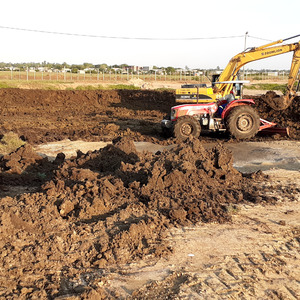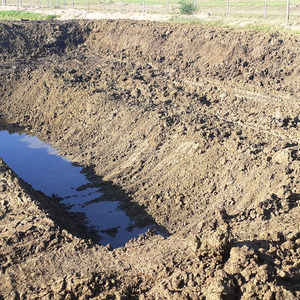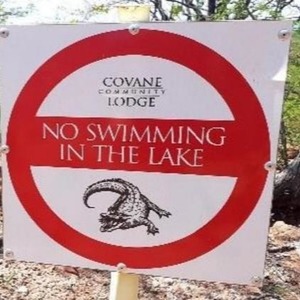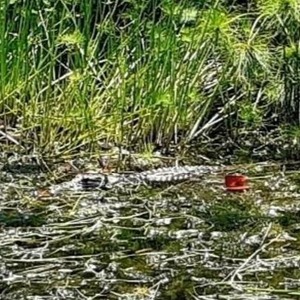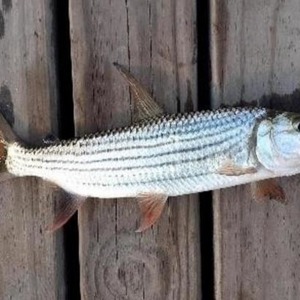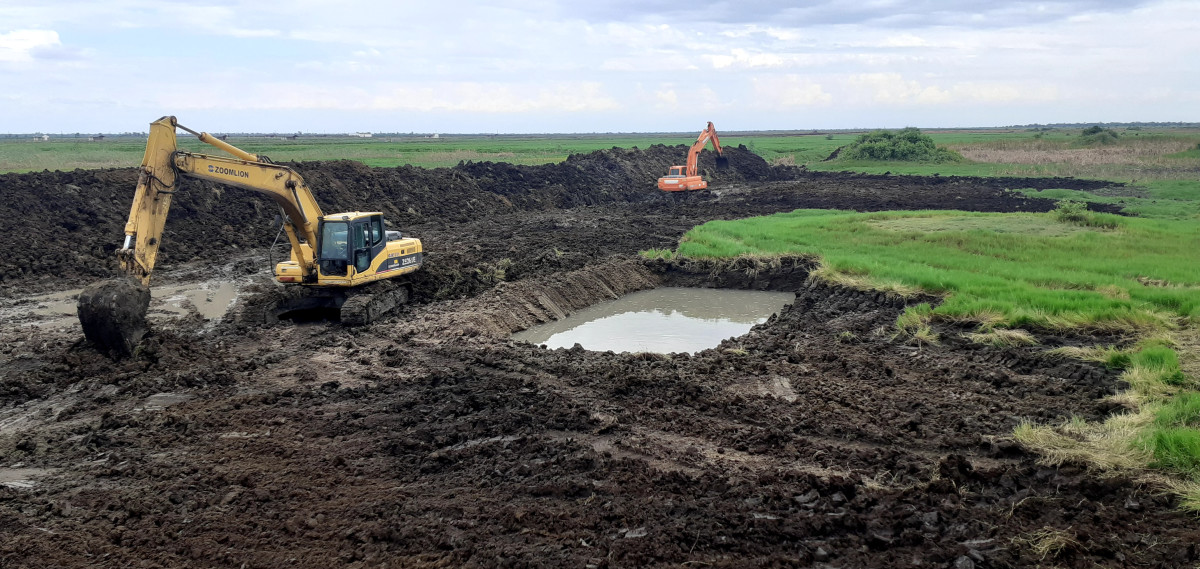
An African Adventure
A story of a fishery, where no fishery has been before... (Part 1)
Greetings from a rather warm Mozambique! I would like to introduce myself to the reader, and appreciate anyone who has taken some time-out to read this story. I don’t mean to go on about myself, but the first few paragraphs below I hope will help explain my philosophy and drive with regards to developing the first freshwater, catch & release, fishery in Mozambique.
My name is Dave Charley, and I’m a Brit who has been living in this wonderful country for the past two decades, having arrived here as a 25yr old scuba diving instructor back in 2002. I fell in love with the place & the people instantly, and it certainly helped that the coastline was full of Manta rays and Whale sharks. The pristine reefs were swarming with all sorts of aquatic life, an untouched world where every species seem to thrive in abundance. Days were filled with unforgettable experiences, swimming alongside Whale sharks (the world’s biggest fish) averaging between 7m – 12m!
After a couple of years I set up the first company in Mozambique to specialize in underwater imagery. Now my daily routine was to film divers and their interactions with these incredible mega fauna. Being so involved in the ocean over many years, I began to witnessed first-hand the destructive consequences of illegal fishing along the coastline and decline in fish stocks and the richness of the reefs. In 2010 I made a documentary with WWF to highlight the plight of sharks worldwide using Mozambique as a case study (https://vimeo.com/28539793/description)
"In the fifth year we received some ‘health certified’ fish, which turned out to have an incurable virus called TiLV. The result: five years of hard work lost and fish farm closed down."
During the 3 years it took to make this film, one of the most profound experiences was witnessing the daily routine of coastal communities dragging in huge seine nets onto the beaches, often 13 - 15 people hauling at the same time. The results were always meager, rarely exceeding half a bucket full of tiny juvenile fish, squid and crabs. What was apparent that if these precious marine resources were to have any sort of future, there needed to be a better utilization of the freshwater lakes and lagoons, to try and reduce the incessant fishing pressure on the coastal species.
This experience led me to set-up a Tilapia fish farm, producing protein for the local markets from lakes, rather than depleting the ocean resources. After a period of five years (sometimes incredibly trying years!) we were successfully producing 1-2 tons a month for the markets. Using intensive cage production, we could grow up to 25kgs of fish per cubic metre, and all the hard work was beginning to finally pay off.
However, in the fifth year we received some ‘health certified’ fish, which turned out to have an incurable virus called TiLV. The result: five years of hard work lost and fish farm closed down.
This was a bitter pill to swallow, both mentality and financially. However I was very fortunate be offered an opportunity to help develop a small fish farm and assist with the management of a magnificently beautiful fishery back in the UK. Twice annual trips, for a couple of months at a time, gave me the opportunity to implement extensive production methods, focusing on creating optimal aquatic conditions for the desired species to thrive in, which in this case was Tench & Crucian carp. It was marvelous to be working with nature again, rather than trying to push nature to it’s limits. Within the first year we produced hundreds of healthy juveniles from a small, but rich, breeding pond without any feed inputs.
We developed a long-term fishery management plan that focused on improving the ecosystem, including planting hundreds of marginal plants and macrophytes, along with netting the lake to reduce unwanted biomass. It was incredible how quickly the fishery was reporting the biggest fish captures in years. It was also wonderful to be able to go fishing again regularly, catching a variety of species, but mostly my beloved carp. I’d certainly missed this being in Africa for two decades, and how the fishing scene had transformed and grown whilst I’d been away!
The work was so rewarding, but my wife and dogs were back home in Mozambique, and being away from them for such periods of time was never going to be a long-term option. Then one day I received a call from a former national director of fisheries in Mozambique, asking if I might be interested in working as a technical consultant at the Centre of Aquaculture Research. Although going back into intensive fish production wasn´t what I ideally want to do, it gave me the chance to be working with fish again in Mozambique. The work place was 5hrs from my home, but they agreed to 10 days onsite, 5 days remote working from home. I said yes and began my new job in October 2020.
This is really where the fishery management story actually begins! My work just happened to be situated 5kms away from a friend of mine who also had a Tilapia fish farm. So whilst my working hours were spent managing a team of 14 staff and trying to meet the target of producing 2 million Tilapia fingerlings each year for aquaculture production, my free time ended up be almost entirely spent developing a recreational fishery just down the road.
Within a month of arriving at this new place, Piet, my friend and owner of the fish farm, offered to build me a grow out pond after we discussed the idea of bringing in some carp. This was just too exciting to be true. And yet he called me over a few days later and there was an excavator, busy building a 25m x 25m grow-out pond!
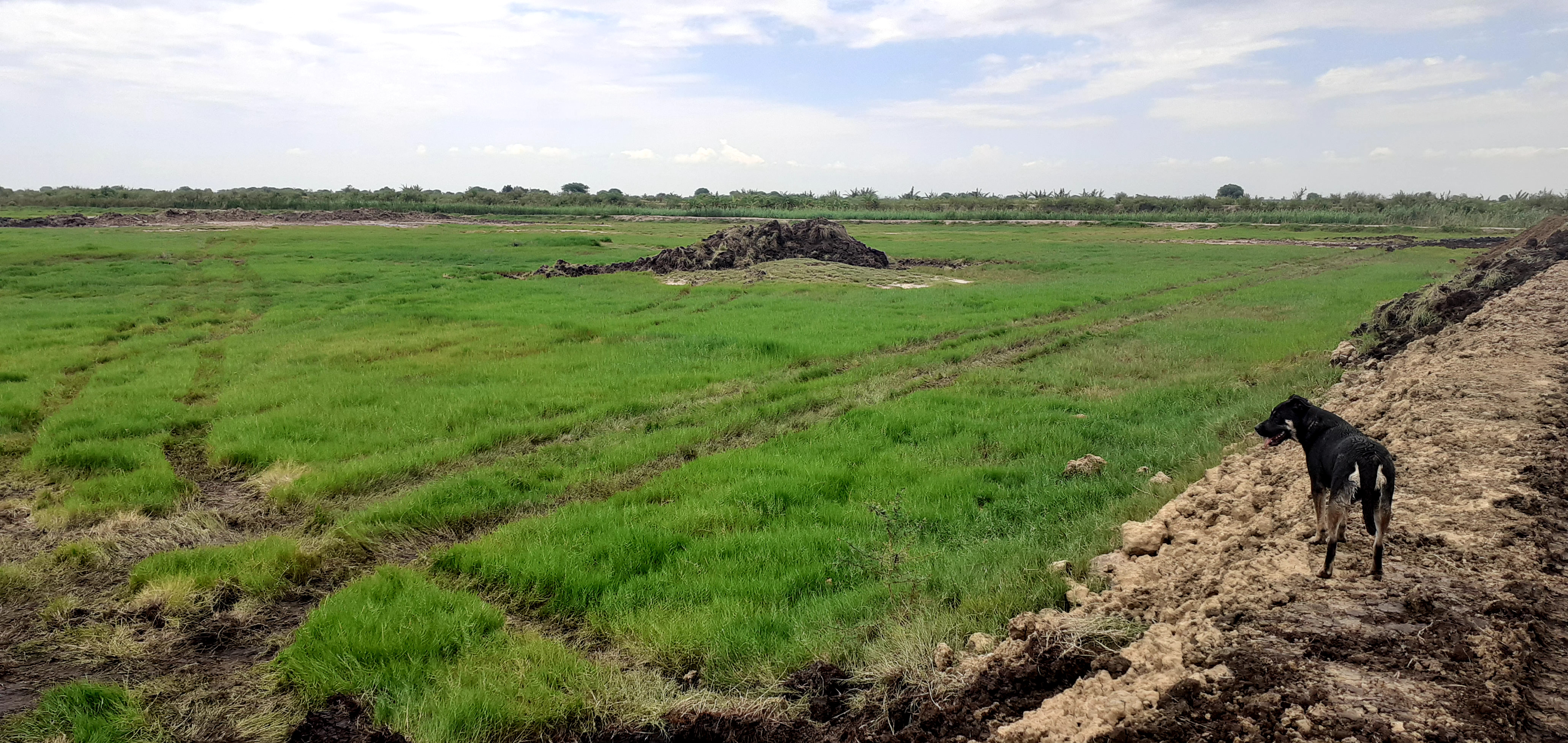
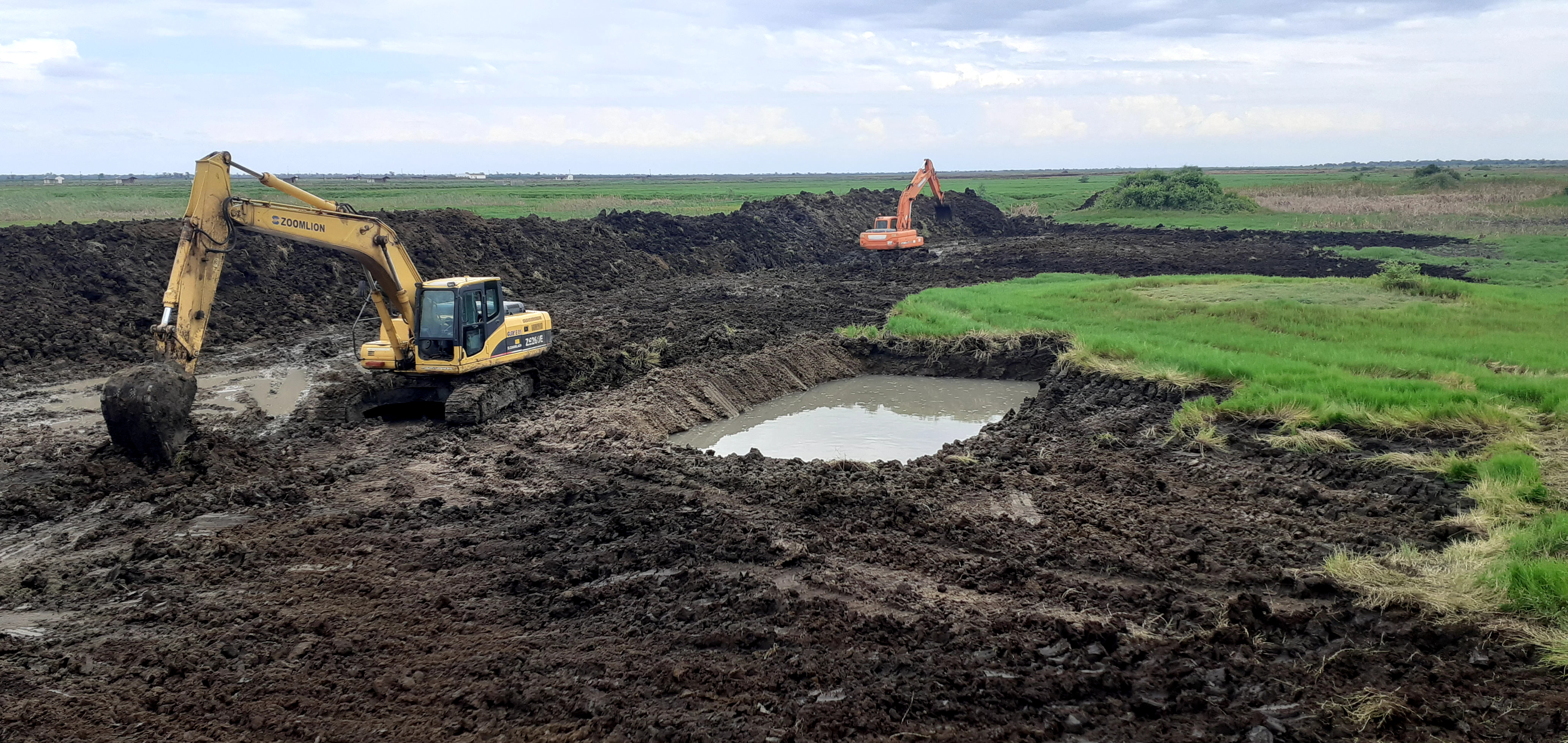
Piet had plans in place to build two large reservoirs at the top of his farm, which would provide water to his aquaculture ponds if any droughts were to occur. We had already chatted that one of these could eventually be for the carp. A private carp fishing dam, in Mozambique, I was almost overwhelmed by that prospect!
At this point my thoughts began to paint a bigger picture, why not turn both dams into Mozambique’s first freshwater fishery?! I felt confident that my knowledge & experience would help in creating a rich, thriving venue, and they had the land and infrastructure in place and ready to go. We met and discussed the business proposal. Piet and the team were very enthusiastic by the prospect, and we soon ended up signing an MoU between us. We were going to create the first recreational fishery in Mozambique!
The excavators began the ground work for the dams in late November, knowing that the rainy season was a few months away, and could easily make such work impossible for a couple of months at least. I became obsessed in noting everything native and aquatic. I was very fortunate the have use of a company car, with 4x4, so I would drive off to every river, stream and puddle of water to examine what was living there.
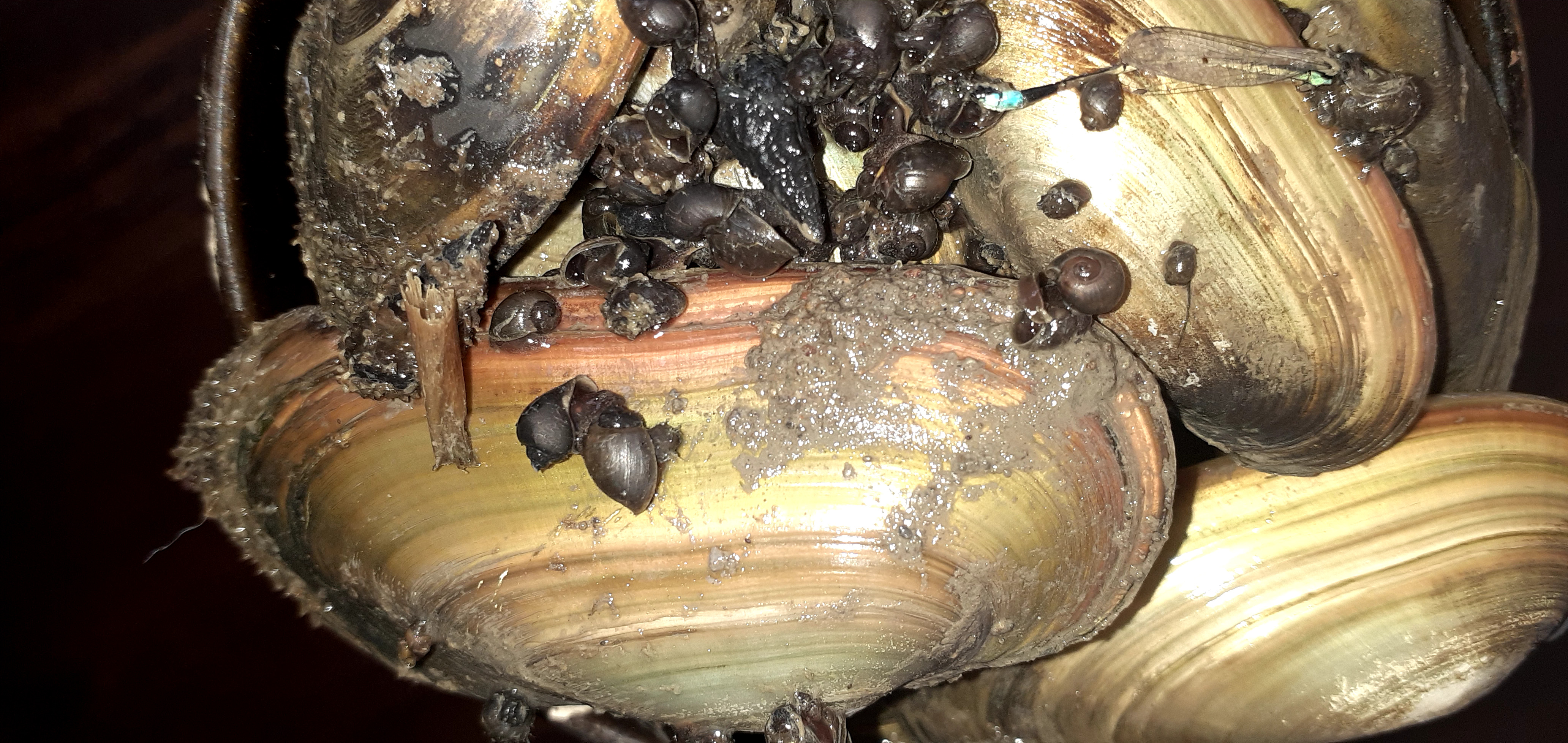
My first plan of action was to populate the grow out pond with as much life, and potential food source for the carp, as possible. I discovered freshwater mussels (Mutela zambeziensis), a variety of snails (Lymnaea natalensis & Gryaulus costulatus), shrimp (Caridina nilotica) and even some small fish, as carp also eat fish! These species would need habitat and protection to thrive in, so that meant planting marginal reeds (Phragmites australis), bulrushes (Typha capensis), along with Blue water lilies (Nymphaea nouchali) and an abundance of macrophytes like Fennel-leaved pondweed (stockenia pectinatus), Curly water thyme (Lagarosiphon major) & Common hornwort (Ceratophyllum demersum) The baby carp would be arriving mid-March, so time was of the essence to establish a rich aquatic home before their introduction.
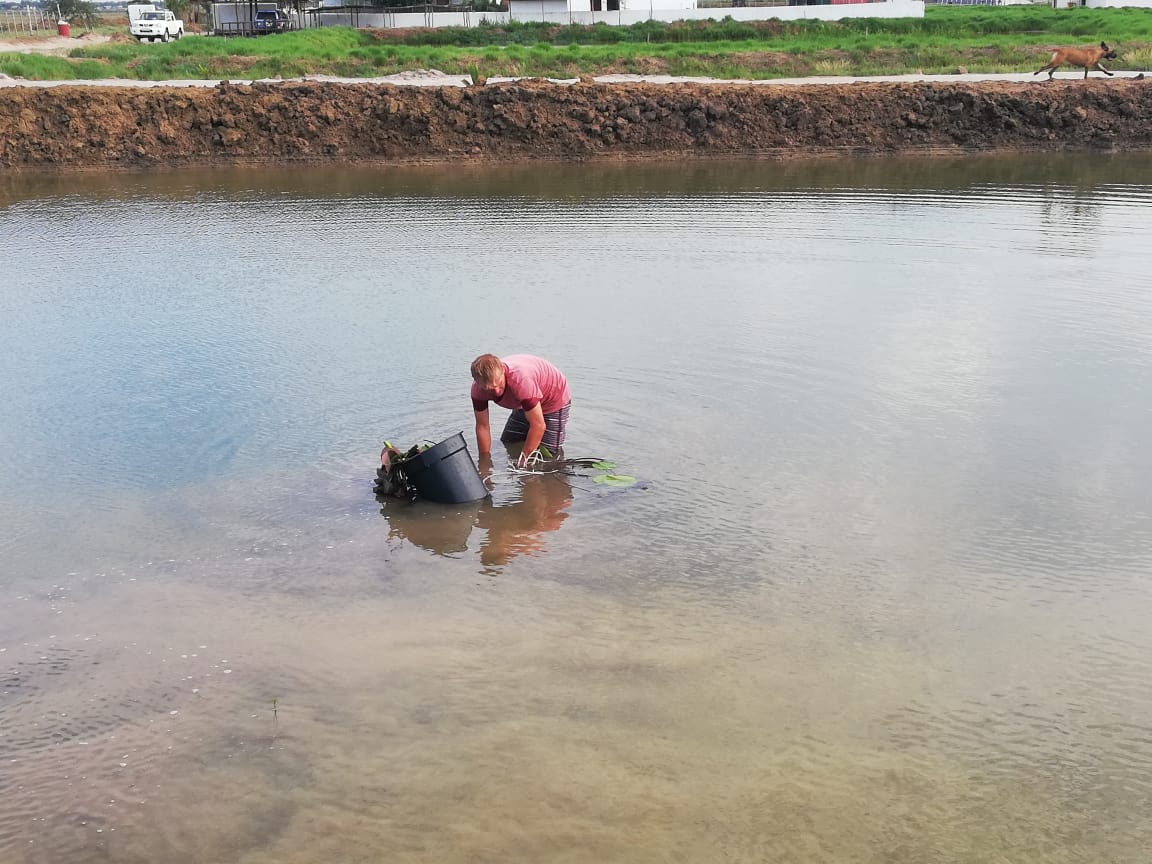
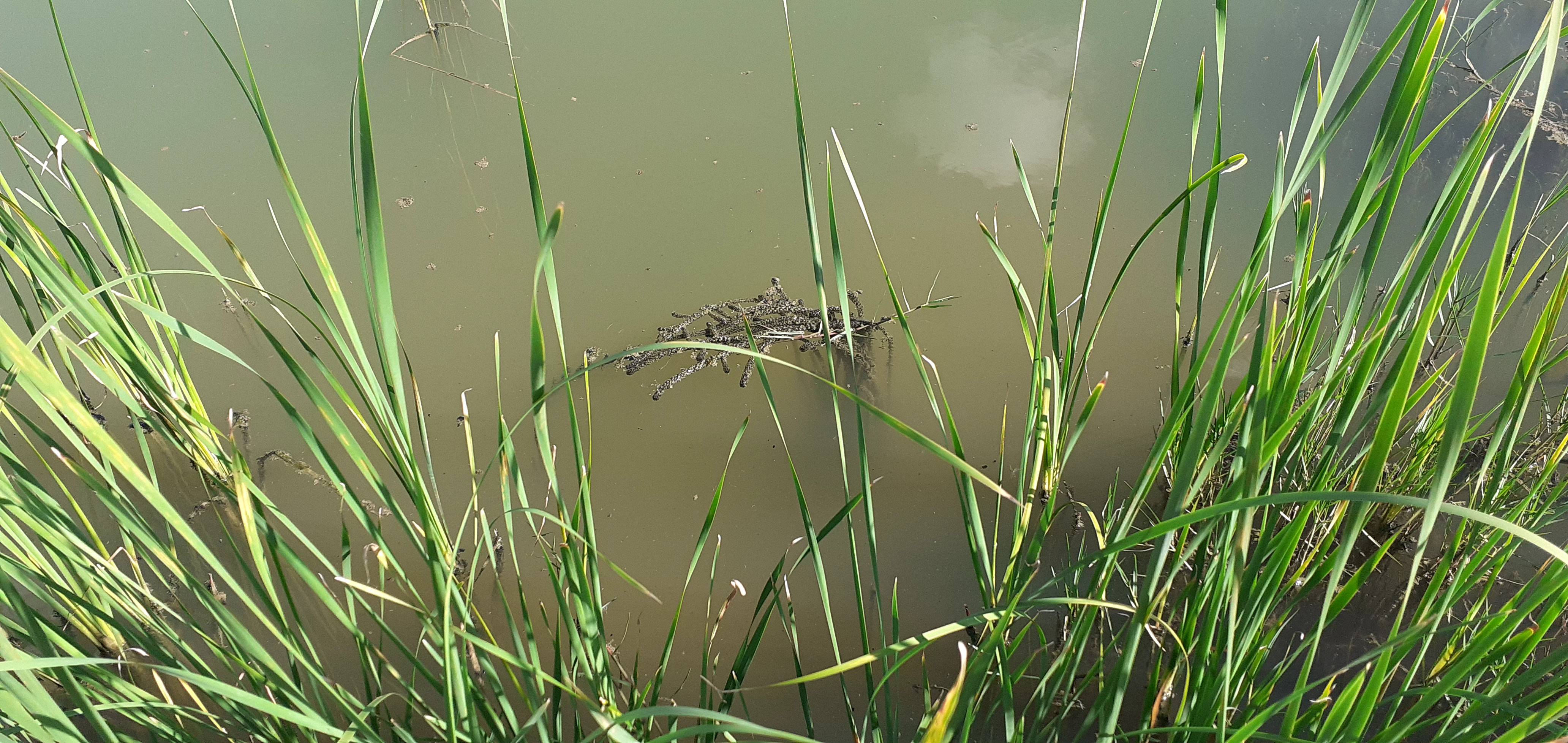
In Africa things can be somewhat different to Europe. Whereas these plants and species back in Europe would be purchased from a supplier with ease, there’s nothing like that over here. So, I would ask a staff member or two to collect mussels from our production ponds when they were drained down. This had to be done fairly quickly, otherwise the seemingly insatiable African Open-billed storks would beat us to them all! I would wade (without waders) into leech filled canals to collect lilies, fernal leaf weed and hornwort.
I even found myself pulling out weed from the banks of a large dam, a bumpy three hour drive away, that has some huge resident crocodiles. Safety never takes a day off they say! It was at this huge expanse of water that I caught a few small Tigerfish over a weekend, but more on that later...
Mid-March 2021 finally arrived and the big day was upon us, we were going to receive our 100 carp and 5 Grass carp. Nothing is really close in Africa, so their journey began at 07:30, and they were lovingly released into the grow out pond at 20:30. The genetics had landed!
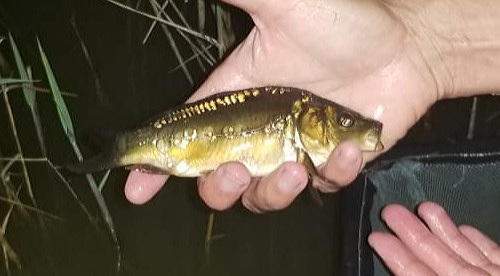
At this point I think it’s worth expanding on the excitement of the fish we had received. During my time involved with fishery management in the UK, we had purchased ten, 2-year-old, leney strain carp, averaging 2lbs. The fish we received here in Mozambique has a track record of growing over half a pound a month! Obviously, the sub-tropical climate plays a huge part in these numbers, with the water temperatures ranging between 18C - 32C throughout the year. These carp also originated from a genetic line of fish that have exceeded 40 kgs. The project was beginning, and the excitement was building...
Dave Charley



